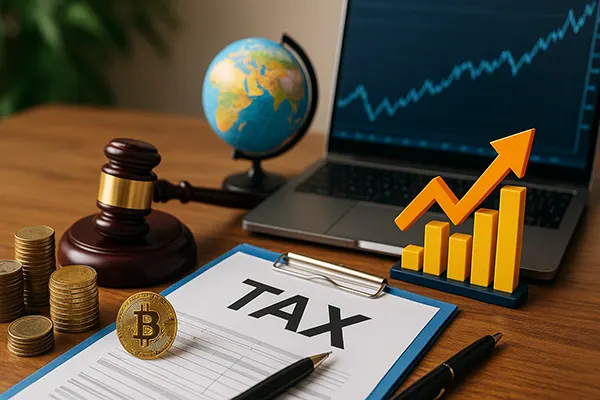Investing in Environmentally Responsible Projects: Combining Profit and Sustainability
As the world becomes increasingly aware of environmental issues, more investors are seeking opportunities to support projects that not only yield financial returns but also have a positive impact on the environment and society. Sustainable investments are gaining popularity, offering a way to align financial goals with social responsibility.
Why Environmentally Responsible Investing Matters
In recent years, there has been a significant shift towards sustainable finance as more investors recognize the long-term benefits of environmentally responsible projects. These projects are not only about profit but also about fostering positive change in communities and ecosystems.
Investing in eco-friendly initiatives helps address global challenges such as climate change, pollution, and resource depletion. As companies strive to meet environmental, social, and governance (ESG) criteria, investors play a crucial role in promoting sustainable practices.
Moreover, sustainable investments often prove resilient during economic downturns, as companies with strong ESG policies tend to manage risks better. This combination of ethical commitment and financial stability makes environmentally responsible investing a compelling choice for modern investors.
Overview of Green Bond Investment Platforms
Green bonds have emerged as a popular financial instrument for funding sustainable projects. These bonds are specifically earmarked for projects that address environmental concerns, such as renewable energy, energy efficiency, and conservation initiatives.
Platforms like Climate Bonds Initiative and Green Bond Principles provide frameworks for evaluating and verifying the environmental impact of these investments. They also offer investors insights into the sustainability metrics of each project, promoting transparency and accountability.
By choosing platforms that adhere to recognized green standards, investors can be confident that their contributions genuinely support environmental progress. Additionally, many platforms offer tools for tracking project outcomes, allowing investors to see the tangible impact of their investments.
The Benefits and Risks of ESG Investing
While ESG (Environmental, Social, Governance) investing holds significant potential for positive change, it also comes with its own set of challenges. One of the primary advantages is that ESG-focused companies are often better prepared for regulatory changes and market shifts related to sustainability.
However, ESG investing is not without risks. One of the main challenges is the lack of standardized reporting, which can make it difficult to accurately assess a company’s environmental practices. Investors need to conduct thorough due diligence to ensure that their investments align with true sustainable principles.
Another challenge is the phenomenon of ‘greenwashing,’ where companies overstate their environmental commitments. Careful evaluation of sustainability reports and independent verification can help mitigate this risk, ensuring that investments genuinely support eco-friendly initiatives.
Successful Eco-Startups for Beginner Investors
Eco-startups are becoming increasingly attractive for investors looking to support innovative solutions to environmental challenges. These startups often focus on areas like renewable energy, sustainable agriculture, and eco-friendly technology.
One prominent example is Beyond Meat, a company that produces plant-based protein as an alternative to meat, significantly reducing the carbon footprint associated with livestock farming. Another successful startup is Climeworks, which specializes in carbon capture technology to mitigate climate change.
Investing in eco-startups requires understanding the unique risks involved, such as market acceptance and technological feasibility. However, with proper research and a focus on companies with a clear sustainability mission, beginner investors can find promising opportunities in this dynamic sector.

Building a Balanced Sustainable Investment Portfolio
To achieve a balance between profit and sustainability, investors should diversify their portfolios with a mix of green bonds, ESG-focused stocks, and direct investments in eco-startups. This approach helps mitigate risks while supporting a variety of sustainable initiatives.
Research is crucial when selecting assets, as not all investments marketed as ‘green’ are genuinely sustainable. Independent certifications, such as those from the Global Reporting Initiative (GRI), can help verify the authenticity of environmental claims.
Moreover, consulting with financial advisors who specialize in sustainable finance can provide valuable insights into building a well-rounded portfolio that aligns with both ethical values and financial objectives.
Evaluating the Long-Term Impact of Sustainable Investments
It is important to track the performance of sustainable investments not only in terms of financial returns but also in their impact on the environment and society. This requires ongoing monitoring of sustainability metrics and periodic reviews of portfolio composition.
Investors should also consider the broader influence of their investments, including how funded projects contribute to climate goals or community development. By focusing on long-term impacts, investors can make more informed decisions that align with global sustainability targets.
Ultimately, integrating sustainability into investment strategies not only benefits the planet but also fosters long-term financial resilience, making it a viable approach for both seasoned and beginner investors.



